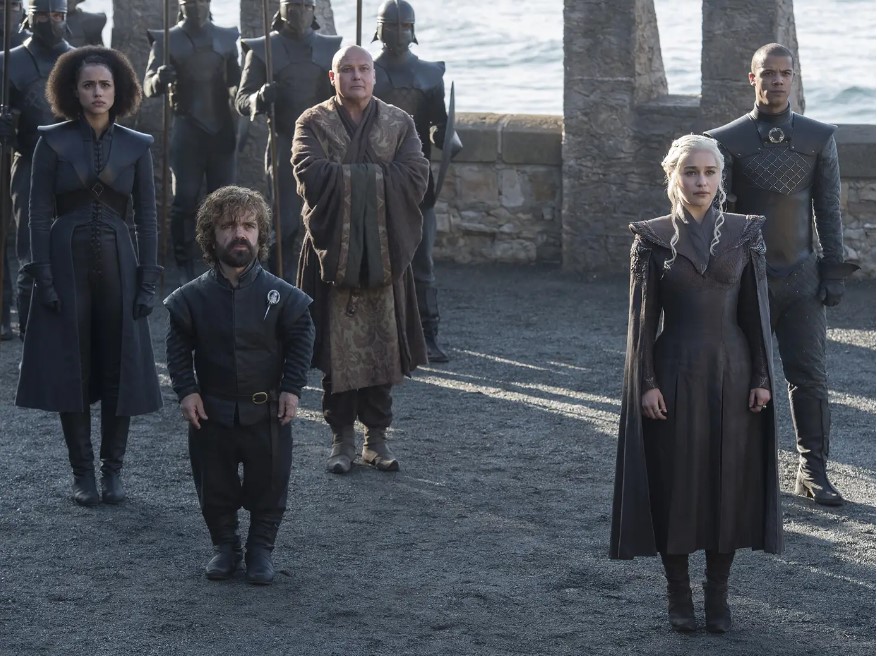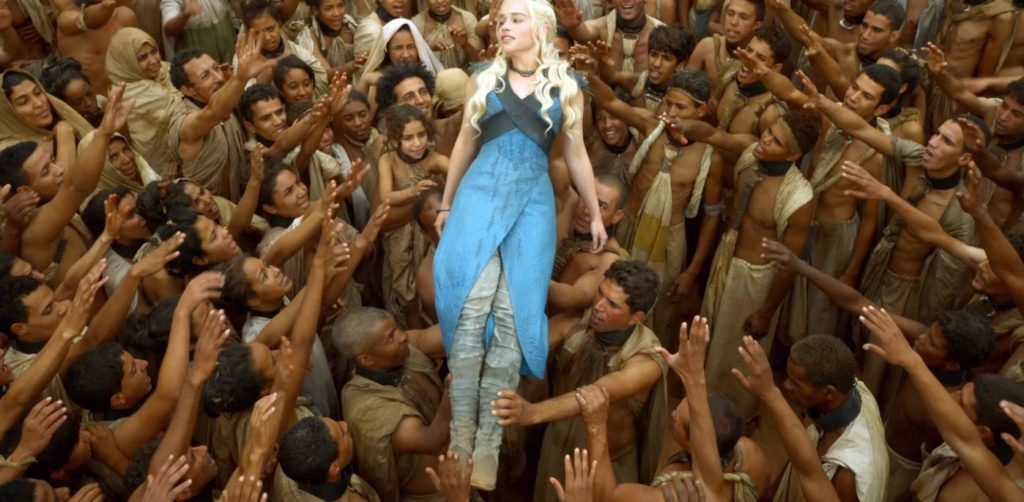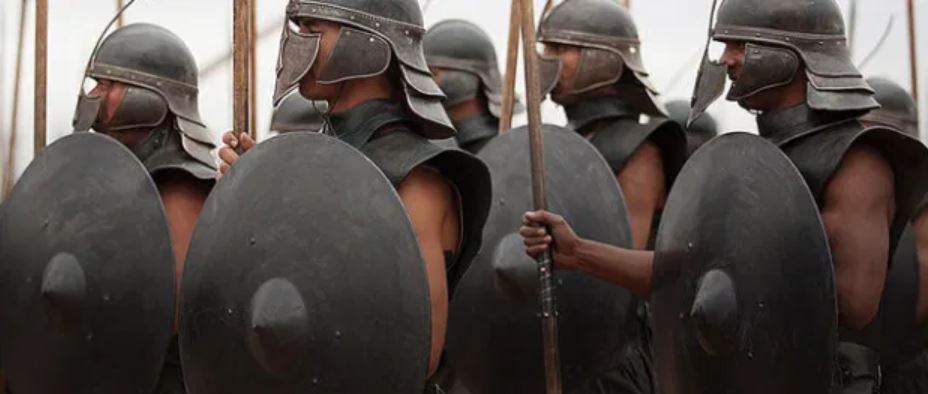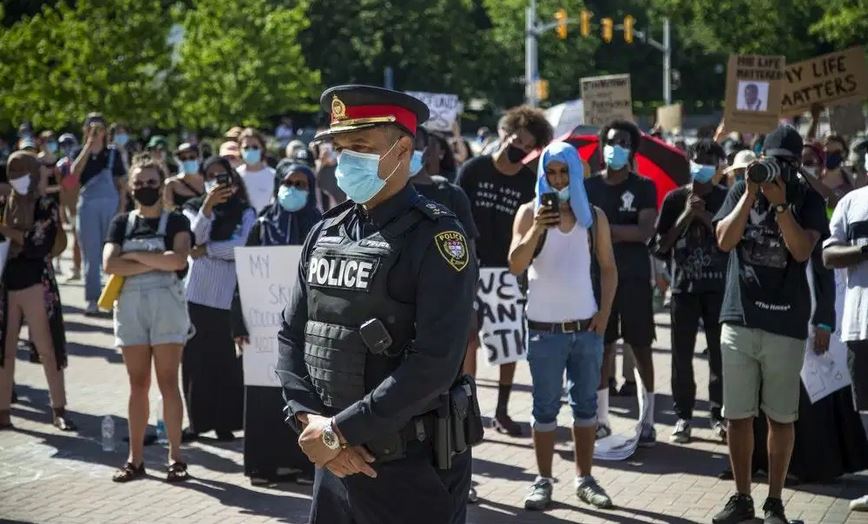In 2018, in a ranking of 415 cities, towns and villages, MoneySense Magazine named Russell Township, 40 minutes southeast of Ottawa, as one of the best places to live in Canada. However, based on what happened last week, Russell’s few Black people weren’t home when they did the survey.
On Tuesday, Sept. 22, a 10-yr-old Black youth was biking with a white friend along a Russell street, when they passed two white boys their age, one of whom called the Black boy a nigger. When the boy’s white friend asked if the white boy had said what he thought, the white boy repeated it several times. When the boy’s white friend told the aggressor to stop, the aggressor hit the Black boy in his leg with his scooter, knocking him to the ground. The other white boy then jumped on the Black boy’s arm, breaking it in two places. When the Black boy’s mom found out, around 5:15pm, she immediately called the Ontario Provincial Police (OPP) (who cover Russell), but they didn’t come. The officer who did finally call, around 9:30pm, was very rude and dismissive and said, “it was consensual” and “It’s not a crime to call someone a nigger.” The mom then asked for the officer’s superior and spoke to his sergeant, but he said she’d have to speak to the same officer. When she refused, the sergeant finally connected her with an officer who was empathetic. The 613-819 Black Hub immediately contacted the boy’s mom to provide support.
The principal of the victim’s school said that the principal of the arm breaker’s school said he suspended the arm breaker but she didn’t know what, if anything, he did to the other kid who the mother said also called her son a nigger then assaulted him with his scooter.
With the mom’s consent, we emailed the head of the Russell OPP requesting a meeting to discuss the troubling police response, and the principal of the school the arm breaking kid attends also asking for a meeting. The response from OPP Russell County Detachment Commander, Luc Duval, is below.
“Hello Robin:
Thank you for reaching out. I definitely understand your interest in this matter. The OPP takes incidents involving young people very seriously. Due to the ages of those involved, we cannot get into specifics related to those involved in the incident. For this reason, I must respectfully decline your invitation to meet. I am able to tell you that our area Crime Supervisor has reviewed the actions of the officers involved, to ensure proper steps were taken. As the injuries were not life-threatening, officers waited until the medical issues could be dealt with as a priority before responding to the hospital to talk to the victim. It took one hour from the time of dispatch to the time the officer was at the hospital. This is not unusual for an assault involving non-life-threatening injuries. We are aware that the incident allegedly started over a racial slur, but cannot speculate on the thought processes or the reasons it happened. As you are aware, under Canadian law, individuals under the age of 12 cannot be charged criminally. For that reason, the OPP is working with the parents of the young people involved and has engaged community support services, including the Intersections program and Valoris.
You can learn more about Intersections at http://improvingsystems.ca/projects/intersections-3. Information about Valoris can be found at https://valorispr.ca/en/about/. Both families agreed with this approach.
Inspector Luc Duval, Detachment Commander, OPP, Russell County Detachment”
There are a number of problems with Mr. Duval’s response:
- He says he can’t meet with us because of the kids’ ages and the fact that he can’t discuss the specifics. But why can’t he meet the family to see how they’re doing and to discuss our other request: what the OPP is doing to address systemic anti-Black racism within the ranks of the OPP, that even Premier Doug Ford has acknowledged?
- He says proper procedure was followed and “it took one hour from the time of dispatch to the time the officer was at the hospital.”, when, according to the victim’s mother, no officer ever showed up at the hospital.
- He says, “We are aware that the incident allegedly started over a racial slur, but cannot speculate on the thought processes or the reasons it happened.” Really? A white kid calls a Black kid he doesn’t know a nigger and then breaks his arm and they can’t speculate what might have motivated that? Would he say that if a Black kid had called a white kid a honky then busted his arm?
- He says “the OPP is working with the parents of the young people involved” but the mother says they weren’t working with her at the time of his reply so he must have meant they were only working with the attackers’ families.
- He says nothing about the mother’s claims that the officer, who finally contacted her more than 4 hours after she called 911, was rude, said the attack was “consensual” and angrily told the mother, “It’s not a crime to call someone a nigger.”
But, at least Mr. Duval responded which is more than can be said for the principal. Instead, his school superintendent, Norma McDonald, who we copied on our email to him, responded on his behalf:
“Good afternoon Mr. Browne, I am responding to your email regarding an incident which occurred on September 22nd which resulted in an injury to a student from Russell. Immediately after learning of the incident, a principal’s investigation took place which resulted in appropriate immediate remedial action. By reason of privacy obligations, I cannot supply you with any details of the steps taken by the Board to address the situation. You have requested a meeting with our principal to discuss the incident. Unfortunately, I must decline your request. As I am sure you can appreciate, we are not able to discuss the personal circumstances involving a particular student of the Board. I would add that the Board treats with the utmost seriousness any allegation of racist behaviour by any student, member of staff or any other official of the Board. [Quotes board policy]. While I cannot speak to the specifics of any matter involving a Board student, I can advise that the Board will adhere to the commitments outlined in its policies and will take all reasonable steps to ensure their application to any student, staff member or other official of the Board who has acted in contravention of those policies.
Thank you for your email, Norma McDonald, Superintendent of School Effectiveness, CDSBEO”
The main problem with Ms. McDonald’s response is the same as with Mr. Duval’s. She cites privacy issues as a reason for not being able to meet with the family and us but doesn’t explain why she can’t meet with us to find out how the victim and his family are doing and to discuss what the school is doing to address systemic anti-Black racism on, and off, school property.
The OPP did finally reach out to the victim’s mother, by phone, to offer support services, including those provided by Valoris that Mr. Duval mentioned in his email. Under “Services”, Valoris offers individual and family mental health counselling. There is also a section called Diversity and Inclusivity with a tag line: For Everyone. However, under that tab, it says, “Pick the topic that interests you”, and offers only two choices: LGBTQIA2S+ and FMIN (First Nations, Metis, Inuit). The chances of the young victim being able to see a Black counsellor through Valoris are about as high as Russell hiring its first Black police chief next week (like Ottawa did last October).
Russell may have been named one of the best places to live in Canada in 2018 but now it’s one of the best places in Canada to see systemic anti-Black racism up close and personal.
From the boy being the victim of a violent anti-Black hate crime; to the police response, first late, then hostile, then blaming the victim; to the school principal not reaching out to the family and continuing to ignore requests to meet with them; to the attackers’ families also not reaching out to the victim’s family to the mom being challenged to find a Black counsellor, Russell has it all.
So, our advice to Black families is as clear as the title of Jordan’s Peele’s Oscar winning movie: Get Out!
Leave Russell and come to Ottawa. We have Ottawa’s first Black police chief, its first Black director of education and its first Black city counsellor. The city has a new anti-racism directorate, the Federal Black Employee Caucus and the 613-819 Black Hub. We would also tell businesses not to invest in Russell until the people in power in Russell do something to address systemic anti-Black racism.
Ottawa is open to Black folks and open for business!






